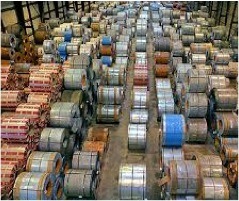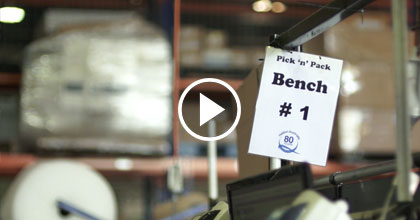
Do you find that much of your day “firefighting” to expedite orders in a vain attempt to ensure your customers get what they need on time and in full? Despite your best efforts, are you constantly frustrated by the failure of your business to follow its plans, have materials and inventory where it is needed, when it is needed and the frequency at which things simply go wrong?
Firefighting becomes a culture in many businesses and I see it like a cancer on business. It increases overheads as more an more managers, buyers and planners are simply engaged in the daily battle to get product out the door and at the same time ensures that those managers, buyers and planners never have any time to improve things.
So why do companies end up in the firefighting trap? Here are five common causes:
Problem |
How to Fix It |
| Failure to understand lead times. It is surprising how often we find that a business that promises a one week lead time to its clients actually takes an average of two weeks to complete a job. | A current state value stream map will identify your true lead time and developing and implementing a future state map will enable you to design a process with a lead time less than what your customers expect. |
| Over reliance on inaccurate forecasts. You might have the right product according to your forecast, but if the forecast is incorrect, you will find yourself scrambling to supply what the customer actually needs. | Accept that customers can’t tell the future any more than you can. Focus on reducing lead times and use “pull” systems for replenishment rather than forecast driven “push. |
| Excessive batch sizes leading to monthly (or longer) planning cycles, that you never follow. The reality is that your market is so dynamic that you find yourself constantly breaking in to the cycle to make “urgent” orders. | Often good planning such as “every part every interval” or “repetitive flexible supply” can enable you to run shorter cycles without any process change. However set up time reduction with the SMED method can dramatically reduce changeovers enabling you to reduce batches and run every product every day or every week rather than every month. |
| Failure to understand capacity. Frequently we see clients get in to a situation where they outsell their available production capacity without realizing it. As a result they fall further and further behind and backlogs and lead times balloon. | Develop a simple measure of throughput such as takt time or batches per day and review your capacity to meet that demand every month. Understand your process bottlenecks and realize that your throughput will never exceed that of your bottleneck. A simple sales and operations planning process can help you reconcile demand and supply and is essential if your business is growing quickly or subject to seasonal demand changes. |
| Poor processes for inventory management. We find companies often run out of stock of “make to stock” products and hold excess stock of “make to order products”. Often “inventory reduction drives” are conducted without an understanding of the drivers of inventory. | The decision on whether or not an item is make to stock or make to order is a critical one. Make to stock items must always be in stock to sell and you need to calculate and maintain the appropriate level of safety stock to ensure this. Make to order products are likely to have a longer deliver lead time and the only stock you should hold should be that required for current open orders. |
Learn how to reduce expediting by Creating Level Production in your Factory
Learn more about Avoiding the Expediting Trap and Managing your Business’ Workload





